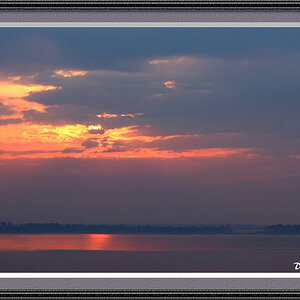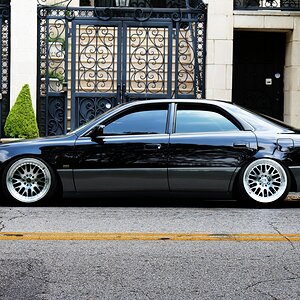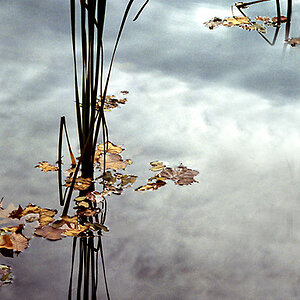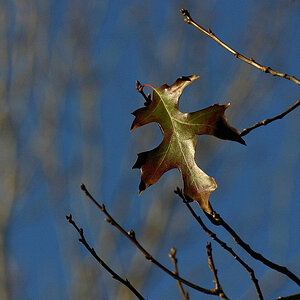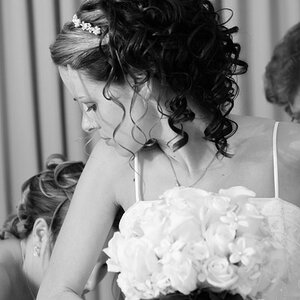mara_ce
TPF Noob!
- Joined
- Nov 30, 2014
- Messages
- 17
- Reaction score
- 1
- Can others edit my Photos
- Photos NOT OK to edit
This is an obviously newbie Q but I am having so much trouble knowing when I have "tack sharp" focus on my DSLR camera. I have a Nikon D3100 (probably not the best camera but the one I could afford right now - brought it used) and use mostly Nikon lenses with good ratings.
When I look through the viewfinder, it's relatively small (duh, right?) but things look okay. When I preview a pic on the camera's screen and zoom, sometimes I can get a better idea. Then, I get home and blow things up on my computer monitors and it's really rare that I get the tack sharp focus I'm after.
In terms of judging sharpness via the viewfinder or screen, are there some cameras that are better with this than others? Like, are there more expensive cameras with larger viewfinders and screens that make this easier to judge? Any tips regarding getting sharpness with my camera?
When I look through the viewfinder, it's relatively small (duh, right?) but things look okay. When I preview a pic on the camera's screen and zoom, sometimes I can get a better idea. Then, I get home and blow things up on my computer monitors and it's really rare that I get the tack sharp focus I'm after.
In terms of judging sharpness via the viewfinder or screen, are there some cameras that are better with this than others? Like, are there more expensive cameras with larger viewfinders and screens that make this easier to judge? Any tips regarding getting sharpness with my camera?


 I generally shoot in ap priority mode and know a little about what aperture settings are best for certain types of pictures.
I generally shoot in ap priority mode and know a little about what aperture settings are best for certain types of pictures.
